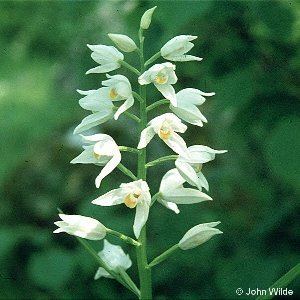Subtribe Limodorinae Rank Species | Family Orchidaceae Tribe Neottieae Genus Cephalanthera Higher classification Cephalanthera | |
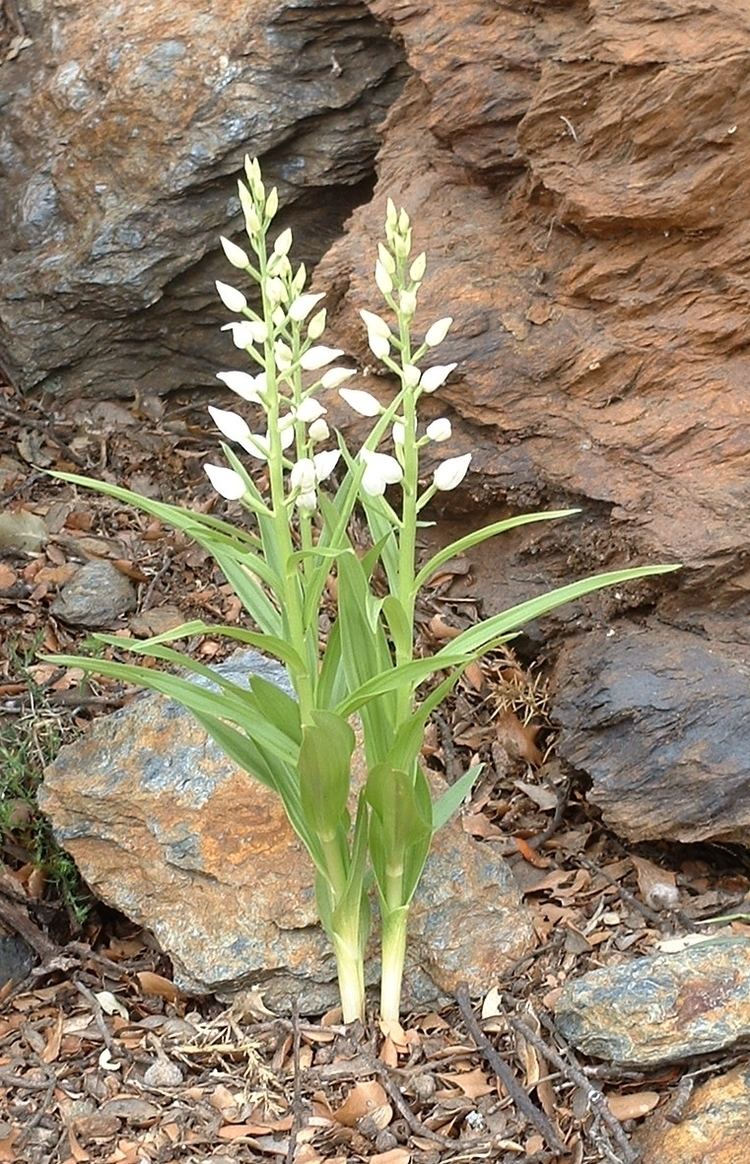 | ||
Similar Cephalanthera, Cephalanthera rubra, Cephalanthera damasonium, Orchids, Neottia nidus‑avis | ||
Tertiary ingredients of cephalanthera longifolia formuls pankaj oudhia s medicinal plant database
Cephalanthera longifolia, known by the common names Narrow-leaved Helleborine or Sword-leaved Helleborine, is an herbaceous perennial plant with rhizome belonging to the family Orchidaceae. It is native to light woodland, widespread across Europe, Asia and North Africa from Ireland and Morocco to China. This includes Iran, Russia, Kazakhstan, Turkey, Algeria, India, Pakistan, Germany, Italy, France, Spain, Portugal and many other countries.
Contents
- Tertiary ingredients of cephalanthera longifolia formuls pankaj oudhia s medicinal plant database
- Mouth cancer stage 4 prefer cephalanthera longifolia with these formulations film by pankaj oudhia
- Etymology
- Description
- Ecology
- Distribution
- Habitat
- References
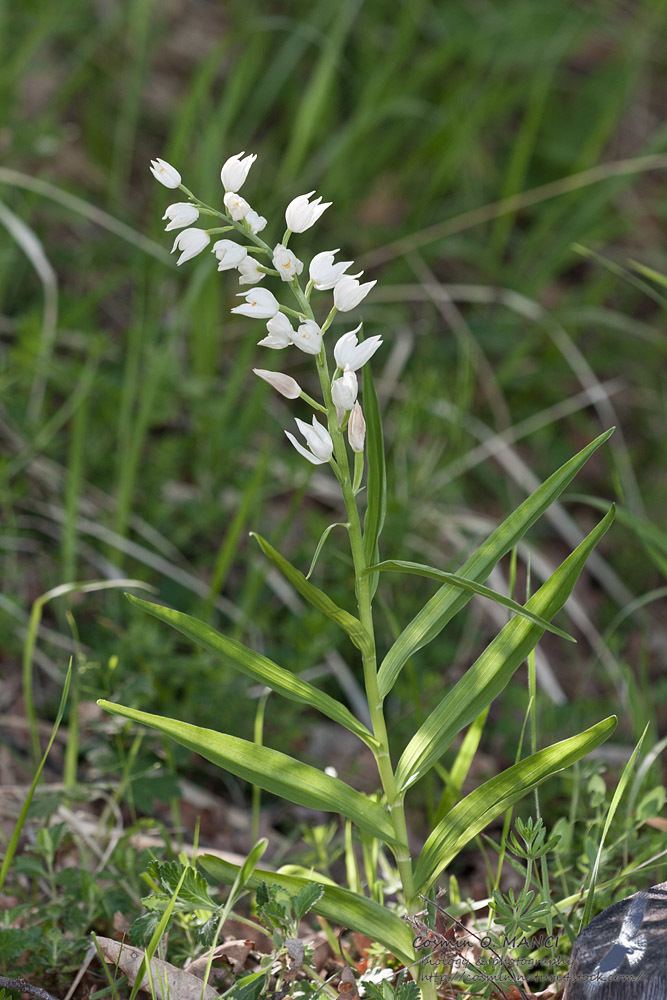
Mouth cancer stage 4 prefer cephalanthera longifolia with these formulations film by pankaj oudhia
Etymology
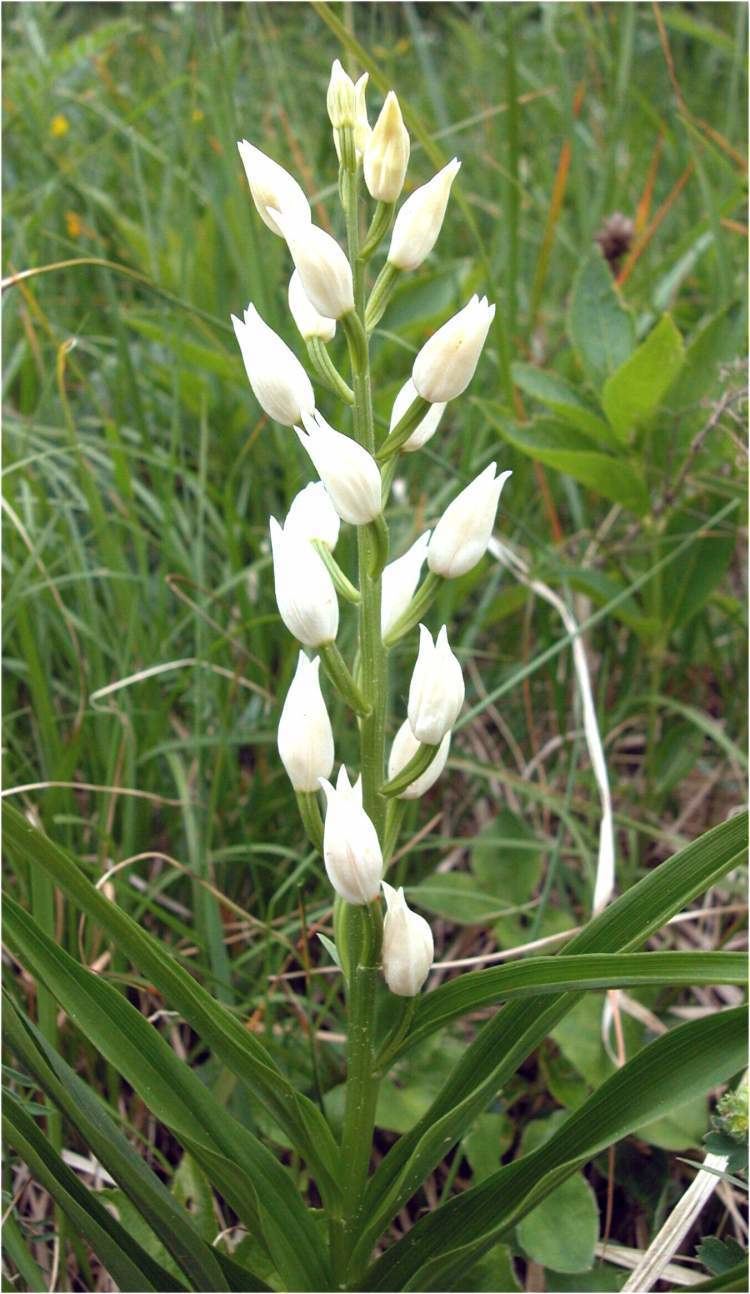
The genus name Cephalanthera comes from the Greek κεφαλή cephalos (head) and ανθηρός antheros (anther), therefore means with round anthers. The Latin name longifolia means with long leaves .
Description
Cephalanthera longifolia reaches on average 20–60 centimetres (7.9–23.6 in) of height in typical conditions. This orchid has erect and glabrous multiple stems. The leaves are dark green, long and narrowly tapering (hence the common name of Sword-leaved Helleborine). The inflorescence is a lax, five to twenty-flowered spike with the bell-shaped flowers ascending in an oblique spiral. The flowers are white, about 1 cm (0.4 in) long, with a yellow-edged labellum and they usually open only during the warmest and brightest hours of the day. This plant can be found in bloom from April to June, depending on location and altitude. The fruit is a dry capsule and the dust-like seed is dispersed by the wind.
Ecology
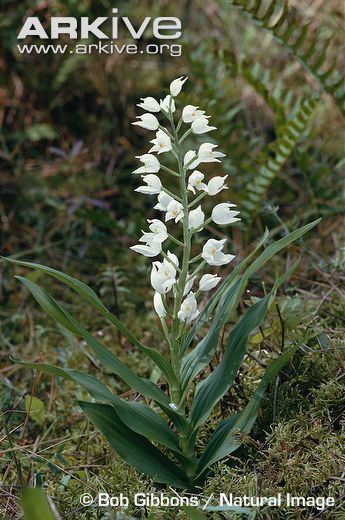
The flowers are pollinated by solitary bees. The flowers produce little nectar and the yellowish dust on the labellum which the insects collect is of little nutritional value. The actual pollen is contained in two pollinia which adhere to the hairs on the bee's back. The flower spikes are eaten by deer.
Distribution
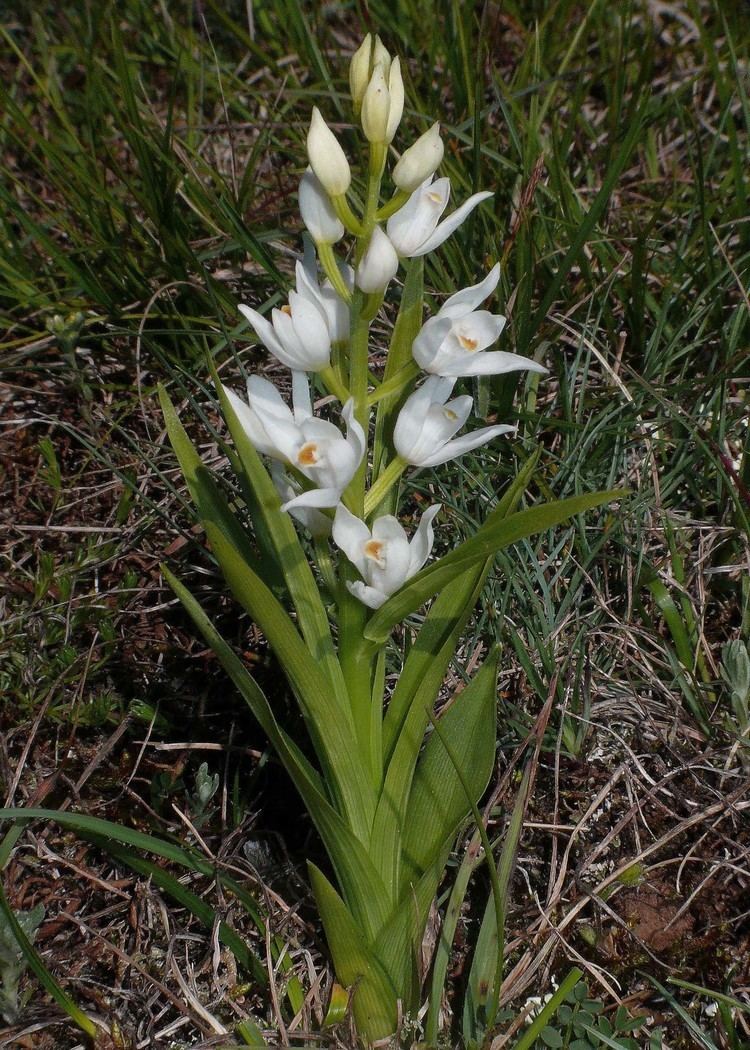
Cephalanthera longifolia is common in some parts of its European range, such as southern France and Spain, but endangered particularly in northern areas such as Belgium. In Britain and Ireland it is a quite uncommon and declining species, and conservation work is being carried out at a number of sites to safeguard it (see also Galley Down Wood). In 2007 it was listed as a priority species under the UK Biodiversity Action Plan. The charity Plantlife International is leading this work in the United Kingdom.
Habitat
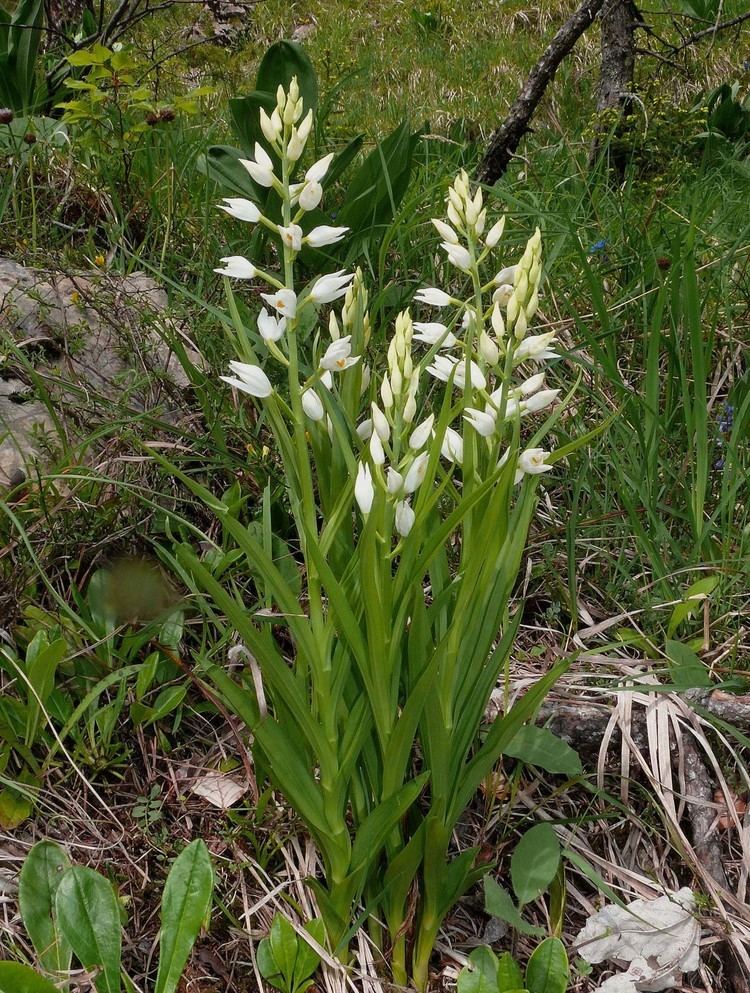
Sword-leaved Helleborine usually grows in damp woodland places (mainly oak and beech), forest edges and rocky slopes. These plants prefer calcareous soils and in well exposed places, at an altitude of 0–1,400 metres (0–4,593 ft) above sea level.
